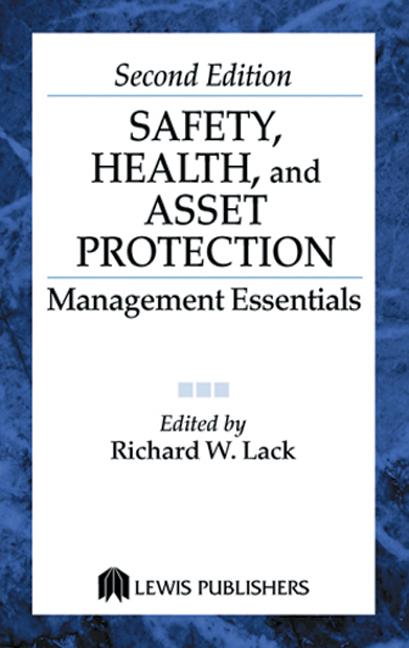A sentencing date is set for executive implicated in Upper Big Branch mine disaster; industry and occupational health experts react to new silica rule and your smart phone could be harming your eyes. These were among the top stories posted on ISHN.com this week.
Food safety
FDA sued over approval of Franken-fish
Coalition says genetically engineered salmon threatens environment
A coalition of environmental, consumer, and commercial and recreational fishing organizations today sued the U.S. Food and Drug Administration (FDA) for approving the first-ever genetically engineered (GE) food animal, an Atlantic salmon engineered to grow quickly.
NFPA assesses fire, life safety in Bangladesh garment industry
The National Fire Protection Association (NFPA) has released the Bangladesh Ready-Made Garment (RMG) Industry High-Level Assessment Report, an appraisal and gap analysis of Bangladesh fire and building safety standards, protocols, inspection procedures and training programs.
Trench collapse kills Pa. worker
Twenty-one-year-old Jacob Casher was still a "new guy" employed by a Beaver-based plumbing company when he left home for work in September 2015. He probably never imagined that, as he worked to install a sewer line 11-feet underground in Butler, it was to be the last day of his life.
Prosecutors urge jail time for Blankenship
Judge is a coal miner's daughter
Donald Blankenship, former CEO of Massey Energy, will be sentenced April 6 for his role in the Upper Big Branch mine tragedy – and federal prosecutors want him to do jail time.
Arizona billboards to urge drivers not to text and drive
Drive Smart Arizona, a coalition of safety organizations, government bodies and businesses in the state, will have billboards in Phoenix and Tucson debuting Thursday urging drivers to stop risking their lives by texting and driving.
Next HazCom deadline is up ahead
OSHA calls it “The standard that gave workers the right to know, now gives them the right to understand” and its next big deadline is coming up on June 1, 2016.
Worker overcome by fumes in 3,000-gallon vinegar tank
Rob Salamida Co faces $79k in OSH fines
Even vinegar can be hazardous under certain circumstances. An employee at the Rob Salamida Co. food manufacturing plant in Johnson City was instructed to enter and clean the insides of a 3,000-gallon tank containing vinegar on Sept. 28, 2015.
;
FAA: It's "dangerous and illegal"
More drones than ever near aircraft
Close encounters with drones by pilots, air traffic controllers and others have “increased dramatically since 2014,” according to the latest data released by the Federal Aviation Administration (FAA).
First federally funded anti-smoking campaign
Nearly 2 million smokers inspired to quit by CDC’s Tips ads in 2014
Three years into the CDC’s Tips ad campaign, the public service announcements are still motivating smokers to quit, according to survey results are published in the March 24 release of the journal Preventing Chronic Disease.
How inspecting an aerial lift could have saved a life
One worker was crushed to death and another seriously injured in what OSHA describes as a preventable accident at a Florida car dealership.
Reactions to final silica rule are strong, mixed
Reactions to the final silica rule issued last week by OSHA have been sharply – and predictably – divided. AFL-CIO President Richard Trumka said that millions of workers “can literally breathe easier knowing that they will not have to sacrifice their lungs and their lives by working in deadly silica dust. The new OSHA silica rules—nearly 20 years in the making—will save hundreds of workers’ lives a year.”
Your smartphone is a sight for sore eyes. Literally.
If you’re one of those people who glances at their smartphone 150 times a day, chances are your eyes are paying the price for your screen addiction.
OSHA updates eye and face protection standards in final rule
After issuing a historic final rule on silica exposure limits last week, OSHA continues its burst of regulatory activity this week by publishing a final rule that updates requirements for personal protective equipment (PPE) for workers in general industry, shipyards, longshoring, marine terminals and construction.
Heart attack recovery better with stress management
Heart patients may benefit from cardiac rehabilitation (rehab) programs even more when stress management is added, according to new research in the American Heart Association’s (AHA) journal Circulation.
90% of workplace eye injuries could be lessened or prevented with safety eyewear use
Eye injuries in the workplace are very common. More than 2,000 people injure their eyes at work each day. About 1 in 10 injuries require one or more missed workdays to recover from. Of the total amount of work-related injuries, 10-20 % will cause temporary or permanent vision loss.
NIOSH revises working in heat guidance
In the 30 years since the National Institute for Occupational Safety and Health (NIOSH) made major recommendations to prevent work-related heat stress, recent events have raised questions about working safely in hot environments.


